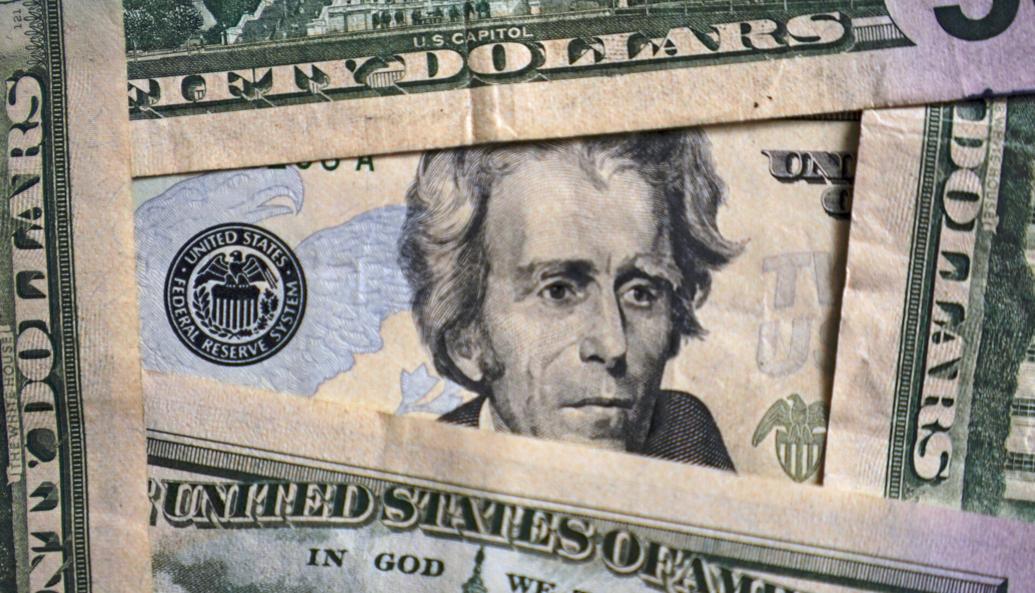There are 2 very different kinds of recessions—and the U.S. is likely headed for something totally different than 2008
From December 2007 to June 2009, the Great Recession led millions of Americans to lose their homes and livelihoods. It was the worst economic downturn since the Great Depression of the 1930s, and it traumatized several cohorts that left college or graduate school with little hope of finding a good job as the labor market took nearly a decade to fully recover.
For a significant percentage of the population, 2008’s collapse is the only true recession they’ve ever experienced—if you don’t count 2020’s short-lived COVID-induced downturn. As a result, when Americans see dire predictions of impending economic doom or a “major” recession from billionaires and investment banks, most tend to freak out.
The reality is, however, that recessions are a normal part of business cycles, and even as expert predictions of an “everything bubble” or a global economic meltdown abound, not every economist foresees a worst-case scenario.

Not every recession is 2008
It’s important to remember that not every recession is created equal: While they all bring terrible hardship and involve widespread job losses—disproportionately hurting the low end of the income distribution—some are worse than others.
And despite the stock market’s recent turbulence and the rising odds of a recession, there are plenty of reasons to remain upbeat about the prospects of the U.S. economy, even if growth comes to a halt for consecutive quarters.
“The big thing in 2008, remember, what happened was really borderline fraud in the economy because you had all these people that were borrowing money [to buy homes] that really couldn’t afford it,” he said.
The bad debt floating around the financial system in 2008 led to an “implosion," but since then, there have been a number of changes to the banking system, chief of which was the Dodd-Frank Wall Street Reform and Consumer Protection Act of 2010.
The legislation introduced a number of measures designed to regulate the financial sector and protect consumers, including the establishment of the Consumer Financial Protection Bureau, a whistleblower program, and stress test requirements for banks that helps determine whether these institutions have enough capital to withstand an economic crisis.
While some of the Dodd-Frank act was rolled back under President Donald Trump, protections against debt bubbles today are still more robust than they were in 2008.
In Bouchillon’s view, these measures, and much stronger household balance sheets, will help prevent a 2008-style collapse. The greater threat to the U.S. economy, he argues, is stagflation, where economic growth slows, but inflation remains elevated.
But don’t discount rising risks
While many experts contend that the U.S. economy is unlikely to experience the type of recession that was seen in 2008, there are still a number of mounting risks that investors and consumers should consider.
First, the personal savings rate—or the percentage of consumers’ disposable income that is saved each month—fell to 4.4% in April, its lowest level since September 2008, when Lehman Brothers went bankrupt. For comparison, from 1959 to 2019, the personal savings rate averaged 11.8%, according to research from the St. Louis Federal Reserve.
Second, inflation remains near four-decade highs, and the Federal Reserve is set to continue raising interest rates until, as Fed Chair Jerome Powell puts it, there is “clear and convincing” evidence that inflation is under control.
Bouchillon noted that the central bank has struggled to prevent a recession in the past when raising interest rates.
“The track record of the Federal Reserve trying to get to target inflation by hiking rates, is, I think close to 80% of the time we wind up in what you would call a technical recession. So I think there's a chance that'll happen,” he said.
Marc Goldwein, senior vice president and senior policy director for the Committee for a Responsible Federal Budget, told Bankrate in April that even if the Fed doesn’t instigate a recession as it attempts to fight rising consumer prices, “there’s going to be pain that we create.”
Finally, investment banks continue to sound the alarm about the increasing risk of a recession and its potential impact on employment and the stock market.













